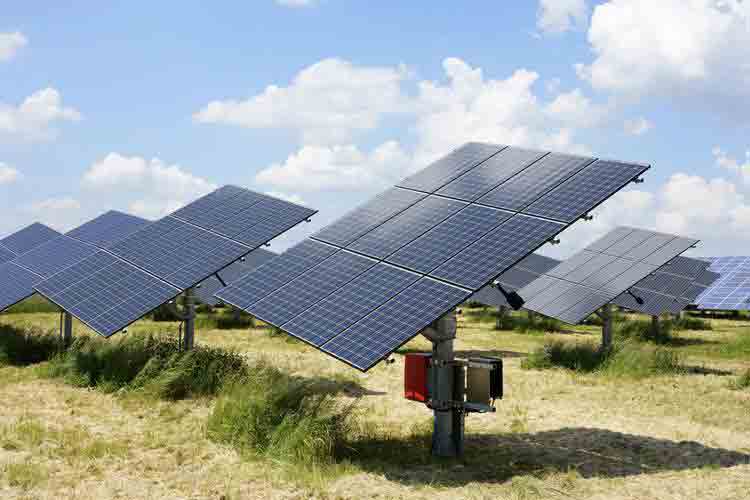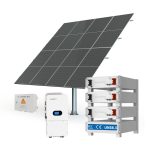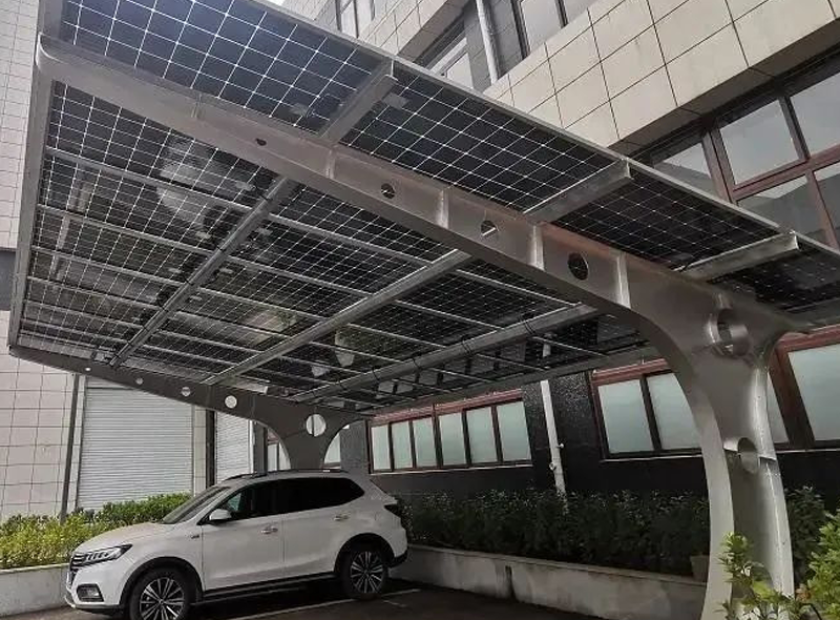
Key Considerations for Installing Solar Trackers
With the increasing popularity of solar energy,the demand for efficient and effective solar tracking systems is on the rise.A solar tracker is a device that orients a payload,such as a solar panel or a parabolic trough,towards the sun.By doing so,it maximizes the amount of solar energy captured,thereby increasing the overall efficiency of the solar power system.However,the installation of a solar tracker is a complex process that requires careful planning and execution.In this article,we will delve into the key considerations and steps involved in installing a solar tracker.
Site Selection and Assessment
The first and foremost step in installing a solar tracker is to select an appropriate site.The site should be free of obstructions such as trees,buildings,or other structures that could cast shadows on the solar panels.It is essential to conduct a thorough site assessment to determine the best location for the tracker.This involves evaluating factors such as the latitude and longitude of the site,the local weather conditions,and the topography of the land.The geographical location of the site will influence the choice between single-axis and dual-axis trackers.Areas with more pronounced seasonal changes might benefit more from dual-axis trackers,while regions closer to the equator may require single-axis trackers.
Foundation and Structural Considerations
Once the site has been selected,the next step is to prepare the foundation for the solar tracker.The foundation must be sturdy and stable enough to support the weight and movement of the tracker.The type of foundation required will depend on the size and weight of the tracker,as well as the soil conditions at the site.For ground-mounted systems,a concrete foundation or anchor bolts may be necessary.It is crucial to consult with a qualified engineer or installer to design a suitable foundation that can withstand the local weather conditions and ensure the stability of the tracker.
Installation of the Tracker Components
With the foundation in place,the next step is to install the various components of the solar tracker.This includes the shaft and drive system,brackets,and solar panels.The installation process should be carried out according to the manufacturer’s guidelines and instructions.It is essential to ensure that all components are securely and correctly installed to prevent any potential issues or malfunctions.The brackets and panels should be installed in such a way that they can move freely and smoothly without any obstructions.
Electrical Connections and Safety
The electrical connections are a critical aspect of the solar tracker installation process.The solar panels must be connected to the inverter or battery system,and all wiring should be done in accordance with the National Electrical Code(NEC)standards.It is important to ensure that all connections are secure and properly insulated to prevent any electrical hazards.Additionally,safety protocols should be strictly followed during the installation process to protect the installation personnel and the integrity of the solar installation.
Testing and Calibration
After the installation is complete,the solar tracker must be tested and calibrated to ensure optimal performance.This involves conducting a series of tests to verify that the tracker is functioning correctly and can accurately follow the sun’s movement.The calibration process may involve adjusting the tracker’s settings and alignment to achieve the highest possible energy yield.It is essential to conduct thorough testing and calibration to maximize the efficiency and lifespan of the solar tracker.
Maintenance and Troubleshooting
Regular maintenance and troubleshooting are essential for the long-term performance of the solar tracker.This includes routine inspections to identify and address any potential issues before they escalate.It is important to establish a regular maintenance schedule based on the manufacturer’s recommendations and environmental conditions.Additionally,employing advanced diagnostic tools and techniques can help in quickly and accurately identifying and resolving any issues,thereby minimizing downtime and repair costs.
Installing a solar tracker is a complex process that requires careful planning,execution,and maintenance.By considering the key factors such as site selection,foundation design,component installation,electrical connections,and regular maintenance,you can ensure the successful installation and operation of a solar tracker.A well-installed and maintained solar tracker can significantly enhance the efficiency and effectiveness of your solar power system,helping you harness the sun’s energy to its fullest potential.If you are planning to install a solar tracker,it is highly recommended to consult with a professional solar system installation company to ensure that the process is carried out correctly and safely.








